How to get rid of silverfish and what does their presence in your bathroom mean
Experts share a worrying cause of silverfish in your bathroom – and how to bid farewell to these pests
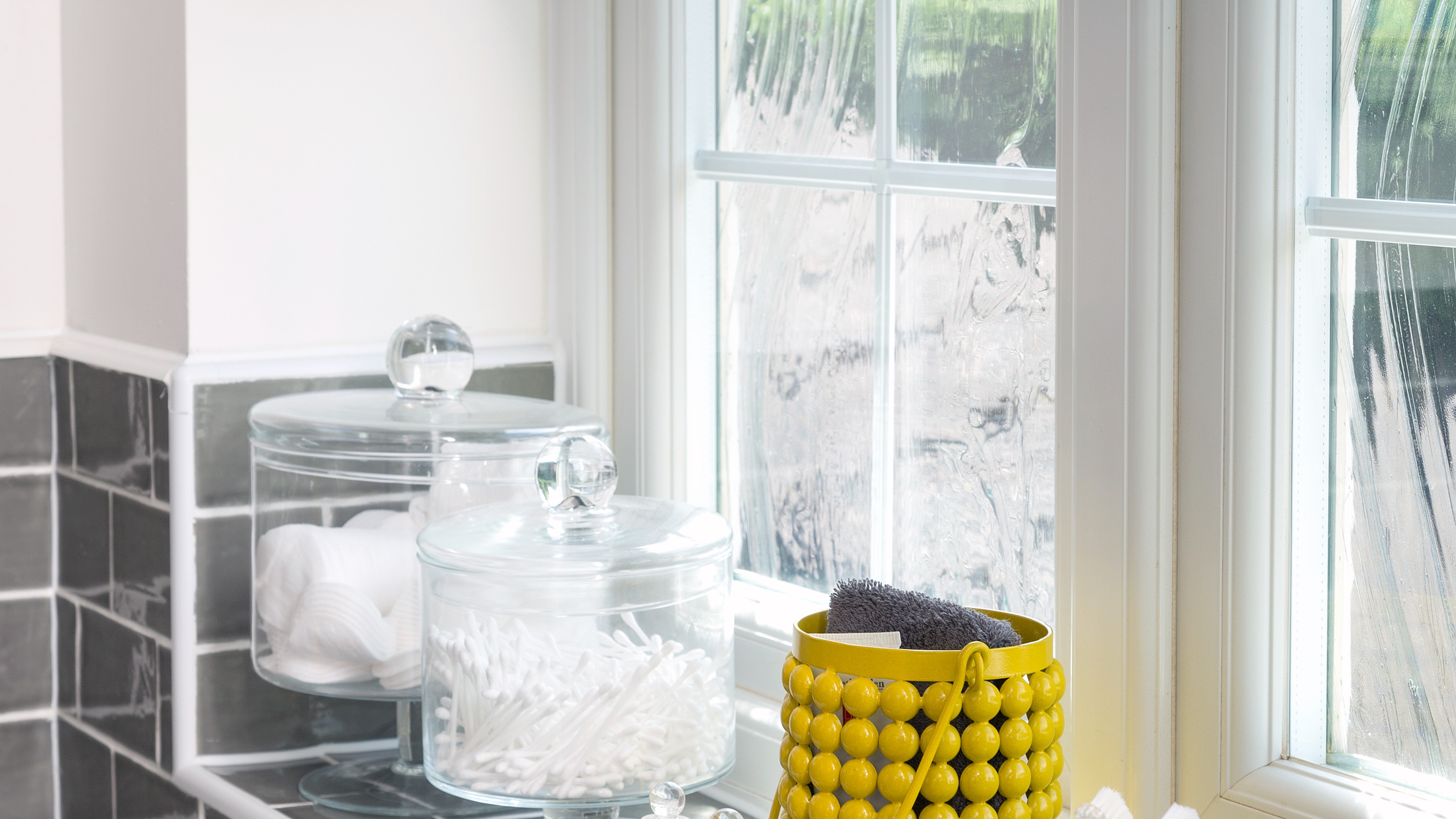

With the onset of the rainy season, the likelihood of damp, mould and leaks developing becomes much higher. As if those on their own weren’t enough of a pain, these conditions are the perfect breeding and feeding ground for silverfish.
These pests are clearly having a moment right now as #silverfish attracted over 74 million views on TikTok, so knowing how to get rid of silverfish will most likely become handy at some point.
While silverfish are nowhere near as harmful as bed bugs, these pesky pests are still unpleasant to deal with and their presence in the UK is certainly on the rise. We've consulted our pest experts on the best way to get rid of silverfish. Alongside investing in the best dehumidifiers they gave us the lowdown on how to take preventative measures against silverfish, what causes their presence - some of which are just as worrying as the pests’ occurrence - and how to ultimately get rid of them.
How to get rid of silverfish
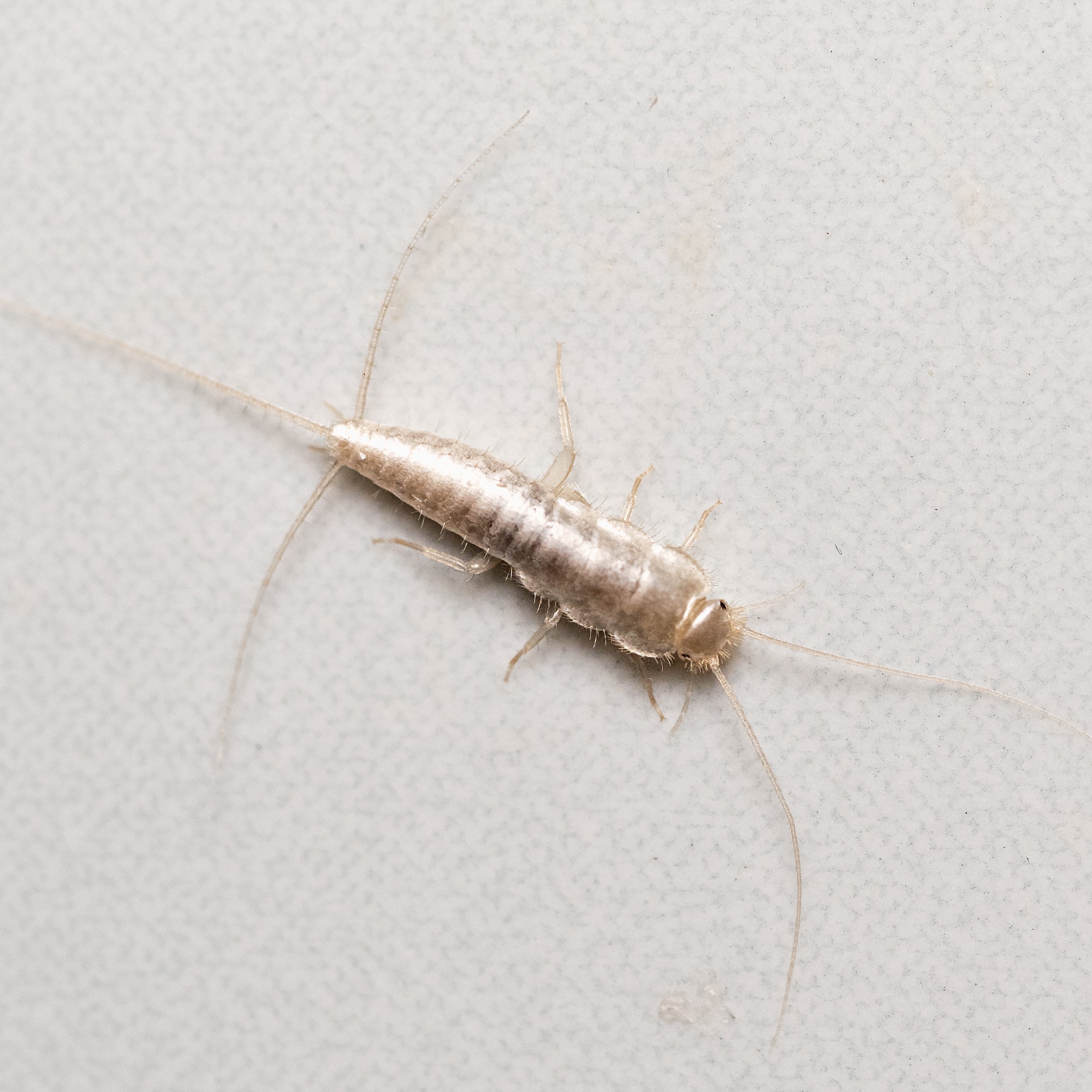
The best way of getting rid of silverfish is in a way similar to how to get rid of bed bugs. In that preventative measures are the ultimate weapon.
‘Once residents in damp, cold university halls, these pests are becoming more common for UK homeowners and renters,’ says Dr. Jonathan Kirby, pest expert at NOPE!.
John Lawless, bathroom expert at Big Bathroom Shop, continues, ‘The reason that we almost always see silverfish in bathrooms is because they thrive in damp, moist environments and often our bathrooms can become the perfect place for this, especially throughout autumn and winter.’
‘Getting rid of silverfish involves a combination of preventive measures, habitat modification and targeted treatments,’ says Fantastic Pest Control's pest technician Mihail Velev.
Get the Ideal Home Newsletter
Sign up to our newsletter for style and decor inspiration, house makeovers, project advice and more.
But before you can do that, you need to understand why the pests are in your in the first place, what attracts them and where they thrive.

Jonathan is a developmental chemist and pest expert at NOPE!. From pest control to masonry protection, he has dedicated himself to helping protect UK housing stock through the development of new and innovative products.
What causes silverfish in your home
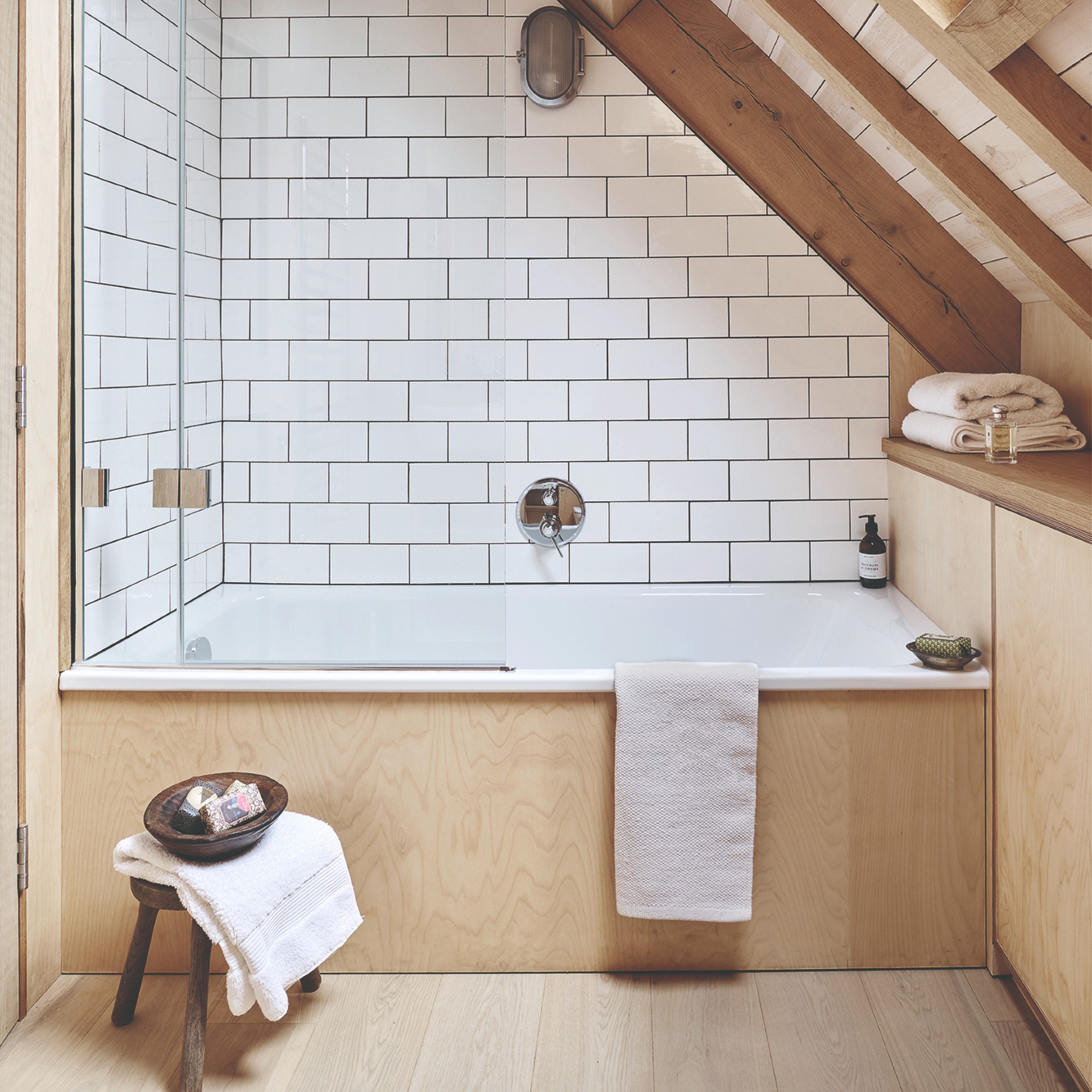
‘To successfully get rid of silverfish it’s important to identify the source of what’s attracting them and remove it,’ says Dr. Jonathan.
As previously mentioned, having a damp and humid environment in your home is the most common reason why they set up camp in your residence, most often in the bathroom. But their presence can also point to a leak in your home, according to experts.
‘Silverfish are attracted to areas with high moisture levels and bathrooms are well-known for being damp and humid, so they often create an ideal habitat for them,’ Mihail explains. ‘Leaks in pipes, faucets or around fixtures can contribute to increased humidity levels, creating a welcoming environment for silverfish.’

Mihail Velev, a dedicated member of the Fantastic Pest Control team for over two years, specialises in comprehensive rodent and insect treatments. With a distinctive focus on tackling pest-related challenges, he stands out for his commitment to excellence, offering extended working hours and night shifts to address urgent issues. Currently, he holds the unique position of being a practitioner performing cutting-edge heat treatments in London, demonstrating his expertise in the field.

‘Leaks in bathrooms can also lead to water damage to the walls, floors and ceilings and silverfish are known to feed on materials containing starch and can find sustenance in water-damaged paper products, cardboard and even certain types of glues used in construction materials. Naturally, persistent moisture from leaks can lead to mould growth in a bathroom and silverfish also feed on mould and fungi, which adds another attractive element for them,’ he concludes.
Similarly to bed bugs, these silvery nocturnal creatures are good at finding hiding spots in small cracks and crevices, which is also how they often get in.
Lastly, improper cleaning in hard-to-access areas can create the perfect environment for silverfish. ‘Insufficient cleaning, especially in less accessible areas, can lead to the accumulation of debris and organic matter, which silverfish are attracted to,’ Mihail warns.
What to do if you have silverfish in your home
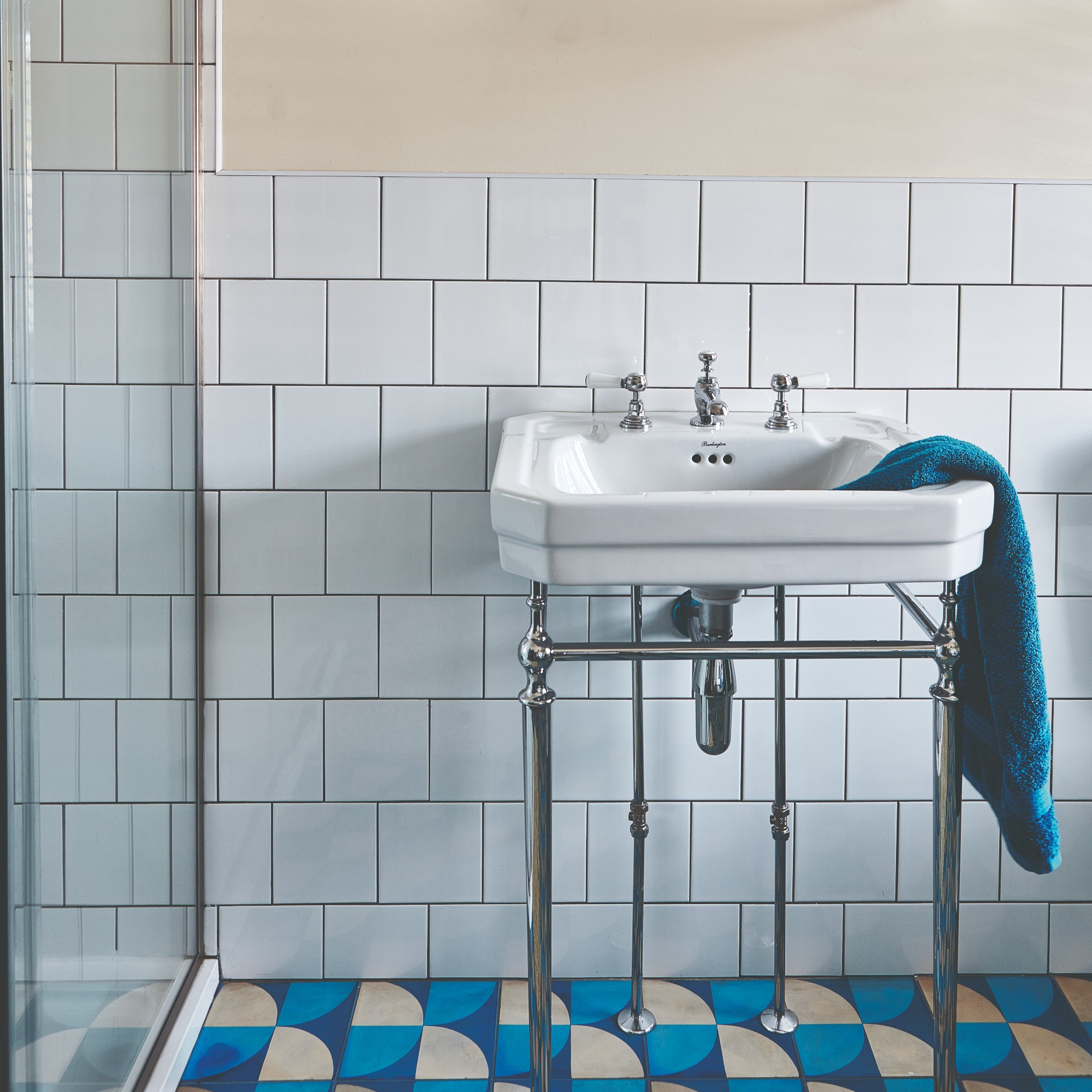
Luckily enough, unlike the signs of bed bugs, the signs of silverfish tend to be mostly their presence and potentially some damage to the likes of wallpaper which they feed on. But they generally aren’t harmful to our health.
‘On the positive side, these pests aren’t harmful to human health like bed bugs and mosquitos, for example, because they don’t bite or carry disease-causing pathogens,’ Mihail says. ‘The main damage they cause is to the items and property around them, such as books, wallpapers, clothing, particularly expensive silk ones, or photo albums. However, because they shed their skin, they can trigger allergies if you’re prone to them.’
Minimise humidity
The best way to get rid of them is to eliminate their preferred conditions - high humidity.
‘Silverfish can live for up to a year without food as long as they have access to a water source, so repair leaks and mop up standing pools of water,’ Dr. Jonathan advises.
‘If your bathroom is humid and has poor ventilation, then this can cause condensation which attracts them. After showering, use a squeegee to wipe down wet walls to get rid of excess moisture, and use a dry microfibre cloth to wipe up any moisture around sinks, taps, and surfaces. If you have windows in your bathroom, open them after showering or bathing to let out excess steam.’
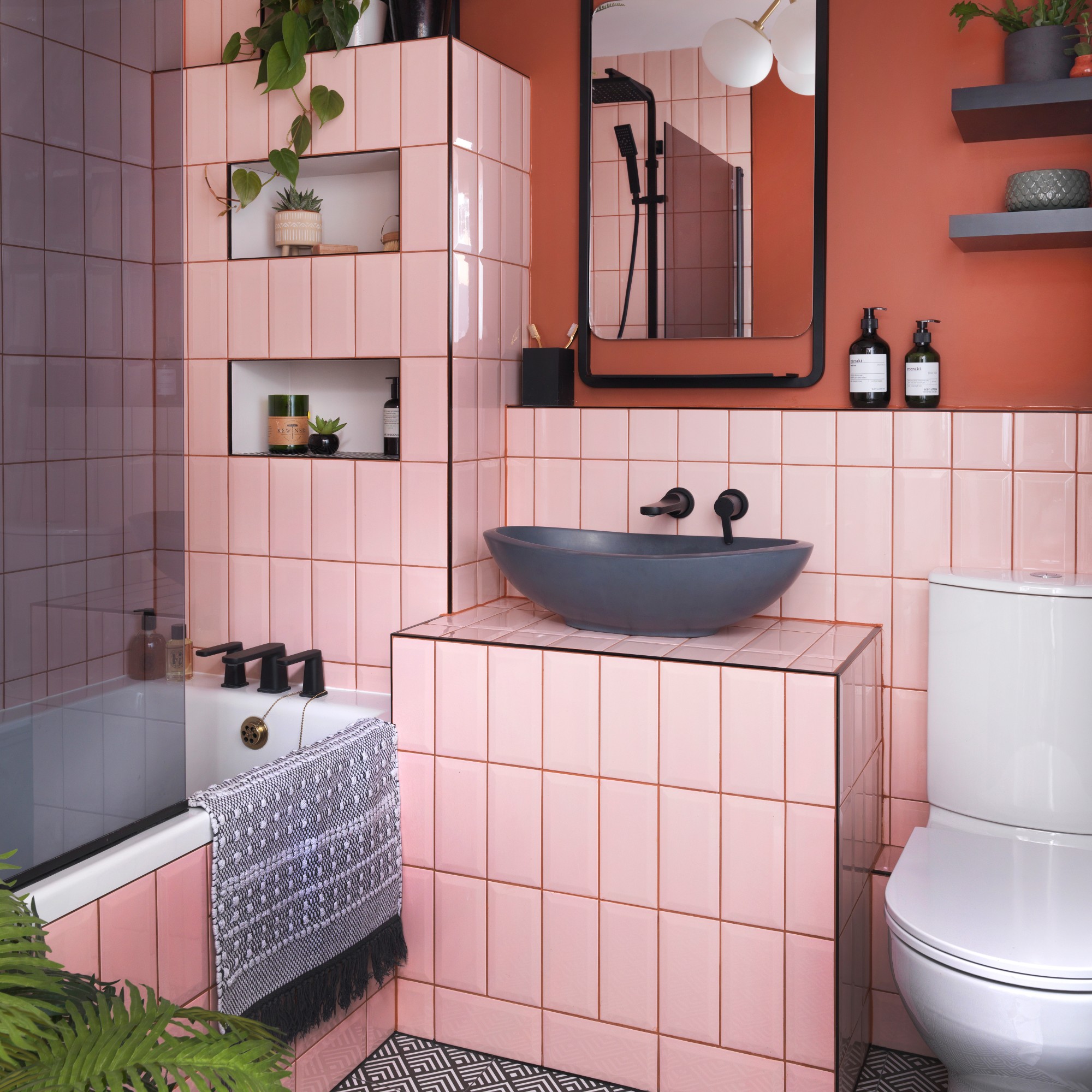
You can also invest in a dehumidifier for a bathroom to get rid of the extra humidity in the air. Most electrical dehumidifiers will need to sit outside the bathroom, but you can try this stylish absodry duo family dehumidifier, which doesn't use any electricity.
‘It’s important that your bathroom is well ventilated and consistently aired - try using a dehumidifier to dry out your bathroom initially,’ John of Big Bathroom Shop recommends. ‘You’ll want to make sure you’re using an extractor fan and also opening your bathroom window to let fresh air in for 2-3 hours of the day.’
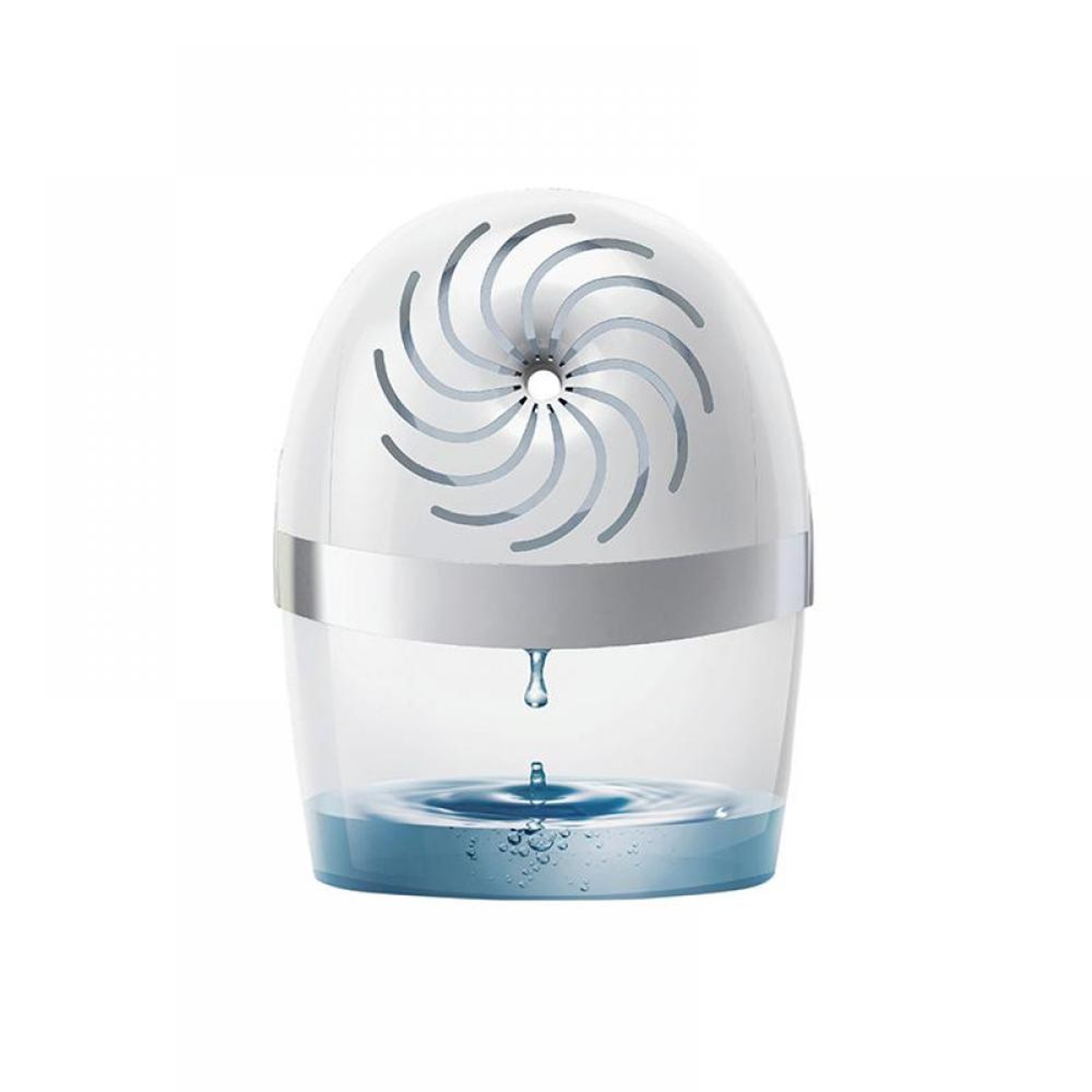
This is brilliant electric free dehumidifier option for a bathroom. Affordable and extremely effective, the moisture absorber refills usually last a month before needing to be replaced.
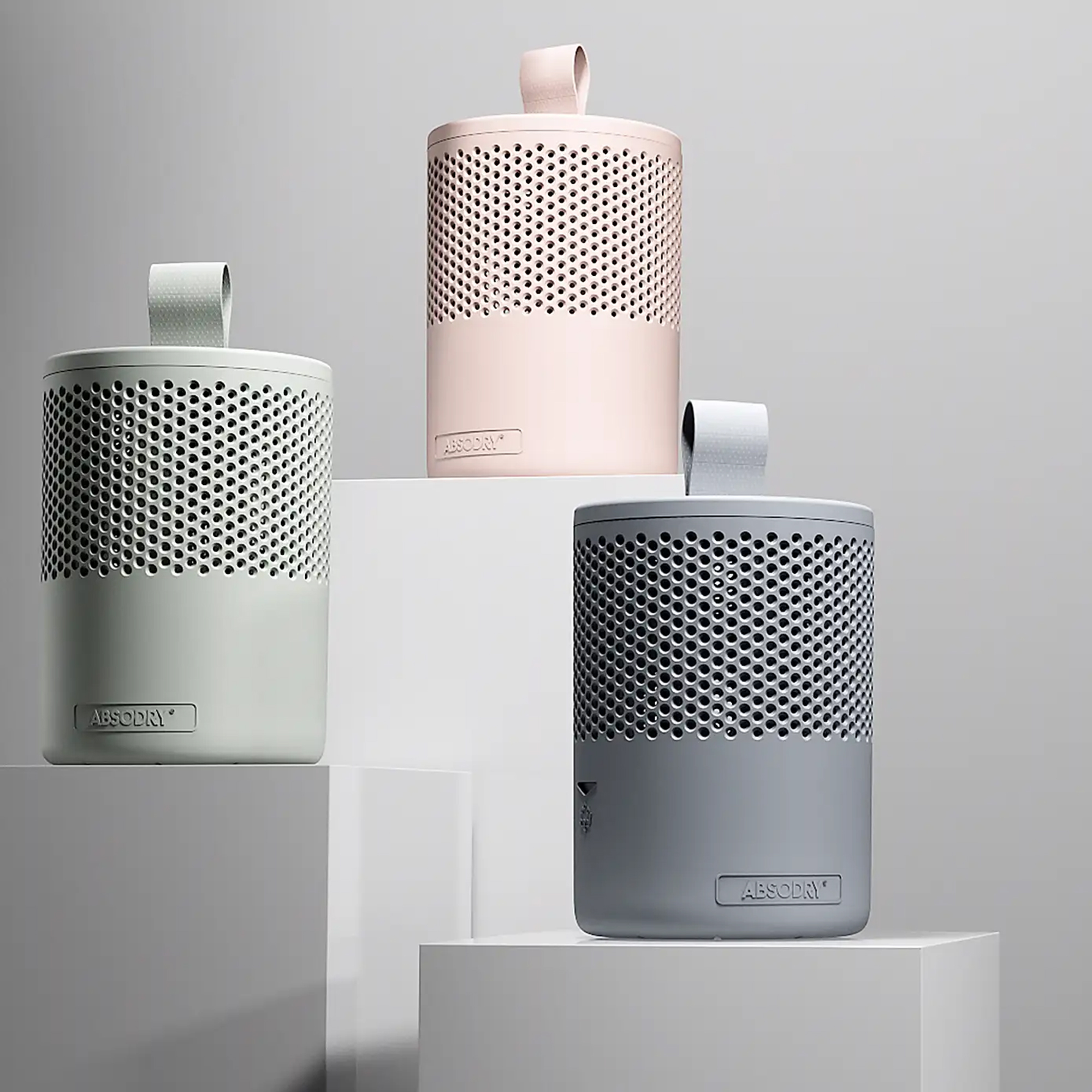
Dunelm has the Absodry in all four of its very stylish colours, so it's the perfect bathroom addition for an electricity-free way to remove damp.
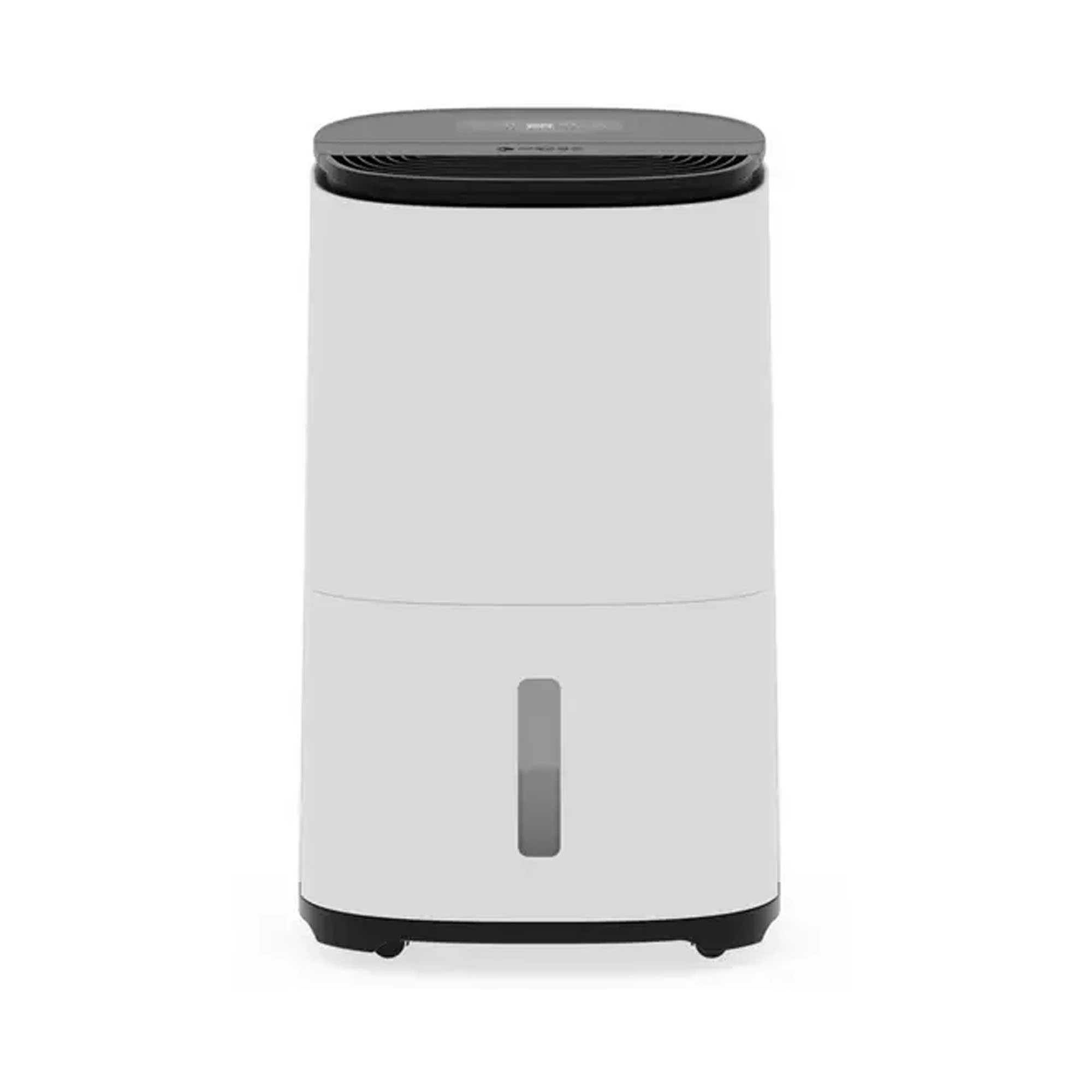
The best dehumidifier we've tested, the MeacoDry Arete One is quiet, easy to use, works superbly and is very energy-efficient compared to other compressor dehumidifiers. However, you will need to position in outside the bathroom for safety.
Properly heat the room
Proper heating during this time of year is also crucial, according to Jess Steele, heating expert at BestHeating, ‘To keep warm air consistently flowing through your bathroom, without the risk of mould, make sure your heating is set on a timer morning and night, that way the usage of your bathroom throughout the day, along with the British climate won’t get chance to lead to any areas that are hotspots for silverfish. Consider a heated towel rail in order to keep the room and any towels you use aired and fresh.’
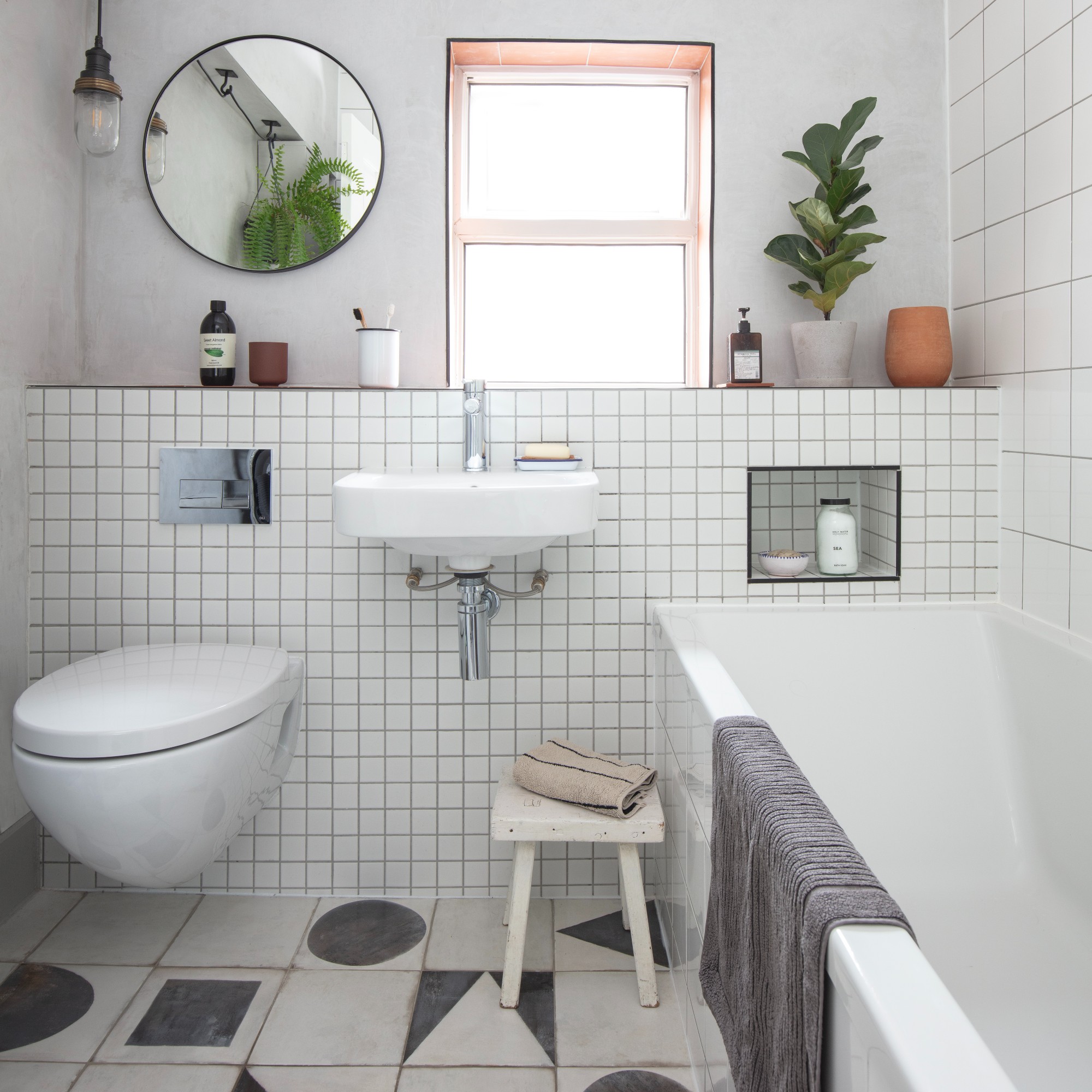
FAQ
What do silverfish hate the most?
Apart from dry conditions, bright light and lack of starchy materials, silverfish are also deterred by certain smells.
‘Consider using cedar-based products, such as cedar blocks or cedar oil, which is a natural repellent for silverfish,’ Mihail advises, along with other ‘essential oils with silverfish-repelling properties, such as lavender, citrus or cinnamon. These oils can be soaked in cotton balls and placed in infested areas.’
Let’s take care of these creepy crawlies in time. We don’t want another pest epidemic developing any time soon.

Sara Hesikova has been a Content Editor at Ideal Home since June 2024, starting at the title as a News Writer in July 2023. She is now also the Ideal Home Certified Expert in Training on Furniture, and so far has tested 80 different sofas.
Graduating from London College of Fashion with a bachelor’s degree in fashion journalism in 2016, she got her start in niche fashion and lifestyle magazines like Glass and Alvar as a writer and editor before making the leap into interiors, working with the likes of 91 Magazine and copywriting for luxury bed linen brand Yves Delorme among others.
-
 My go-to Ninja coffee machine is on sale for Easter weekend
My go-to Ninja coffee machine is on sale for Easter weekendIt makes coffee shop quality achievable at home
By Molly Cleary
-
 When to plant out annual flowering plants for vibrant, colourful garden borders – and give them the best start, according to experts
When to plant out annual flowering plants for vibrant, colourful garden borders – and give them the best start, according to expertsNot sure when to plant out annual flowering plants? We've got you covered...
By Kayleigh Dray
-
 I'm a kitchen decor editor and didn't like this tableware trend - until I saw H&M Home's designer-look plates
I'm a kitchen decor editor and didn't like this tableware trend - until I saw H&M Home's designer-look platesThey made it easy to justify a new crockery set
By Holly Cockburn